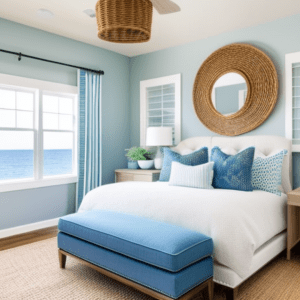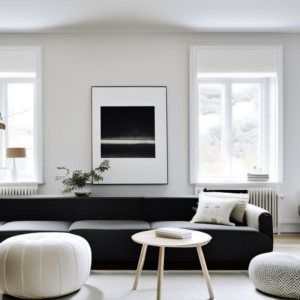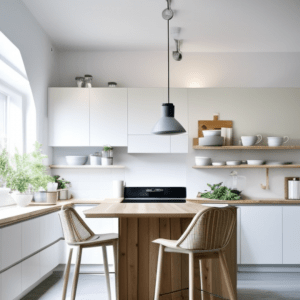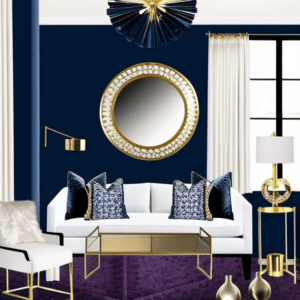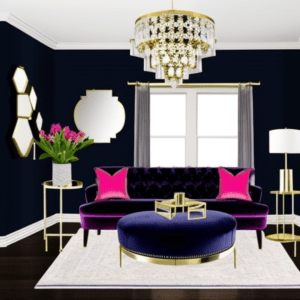Modern Design
Modern design is a style that originated during the early and mid-20th century and is characterised by clean lines, basic shapes, and an emphasis on utility over form. It prefers neutral colour palettes with minimal use of bright, vivid hues. Very prevalent is the use of natural materials, such as wood and stone.
Traditional design
The characteristics of traditional design are intricate embellishments, rich hues, and classic patterns. It frequently includes formal elements like wingback chairs, chandeliers, and antique furniture. Often, a palette of deep reds, golds, and earth tones is employed to create a homey and timeless atmosphere
Bohemian design
The free-spirited bohemian lifestyle is the inspiration for bohemian design, which features vibrant colours, patterns, and textures. It frequently includes global or ethnic themes, such as Moroccan carpets or Indian fabrics, and combines mismatched furniture and accessories to create a casual and eclectic atmosphere.
Art Deco Style
Art Deco is a significant design style that emerged during the 1920s and 1930s. It is distinguished by the use of bold geometric shapes, symmetrical patterns, and metallic accents, such as gold and silver. Art Deco frequently employs exotic materials, such as zebra or leopard print, and may incorporate highly stylized motifs, such as sunbursts, fans, and stylized flowers. Metallic colours are frequently used with rich blues, greens, and purples to create a palette that is typically vibrant and saturated. Art Deco is frequently connected with the Jazz Age and the Roaring Twenties due to its reputation for glitz, wealth, and richness.
All images credit to AI





























